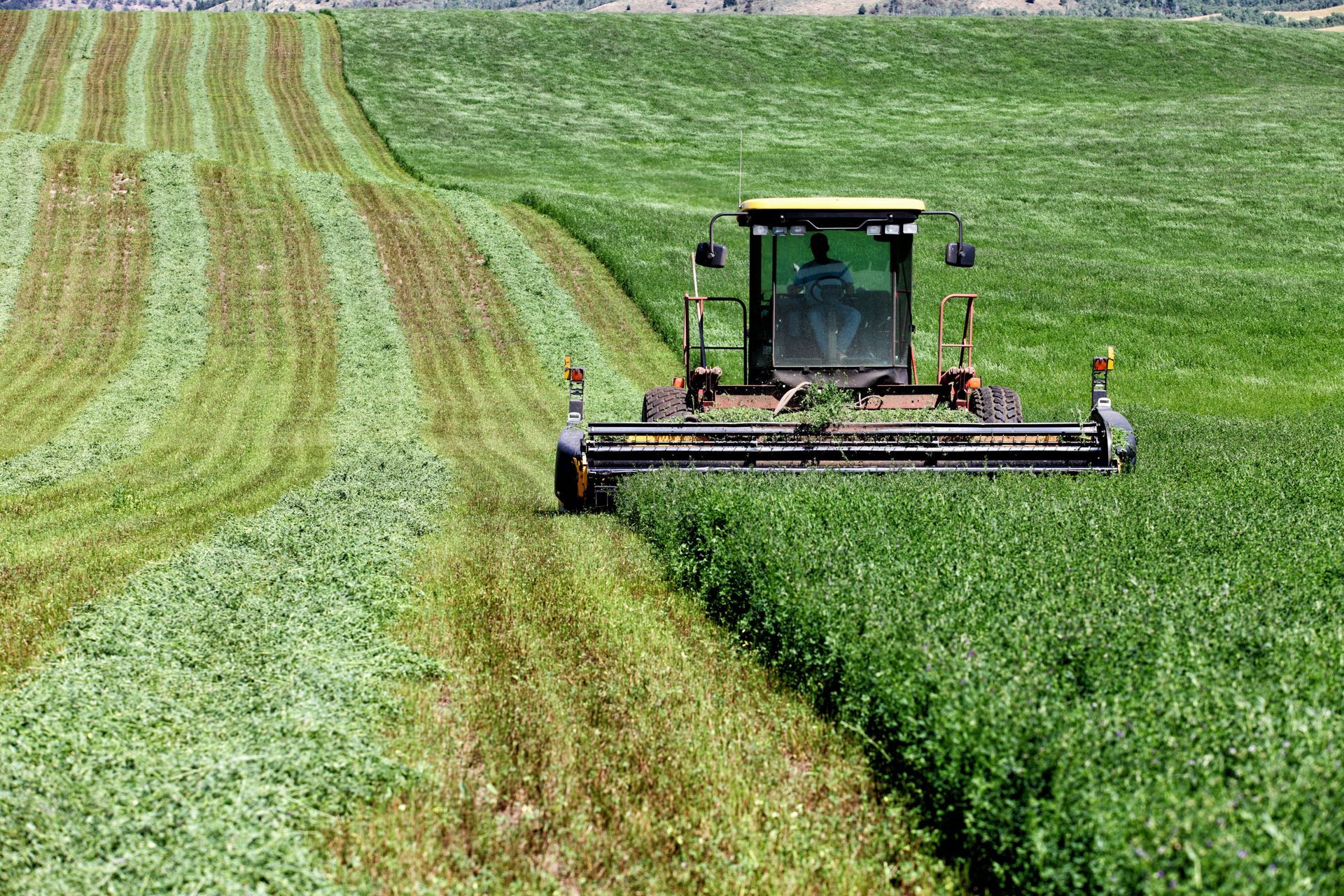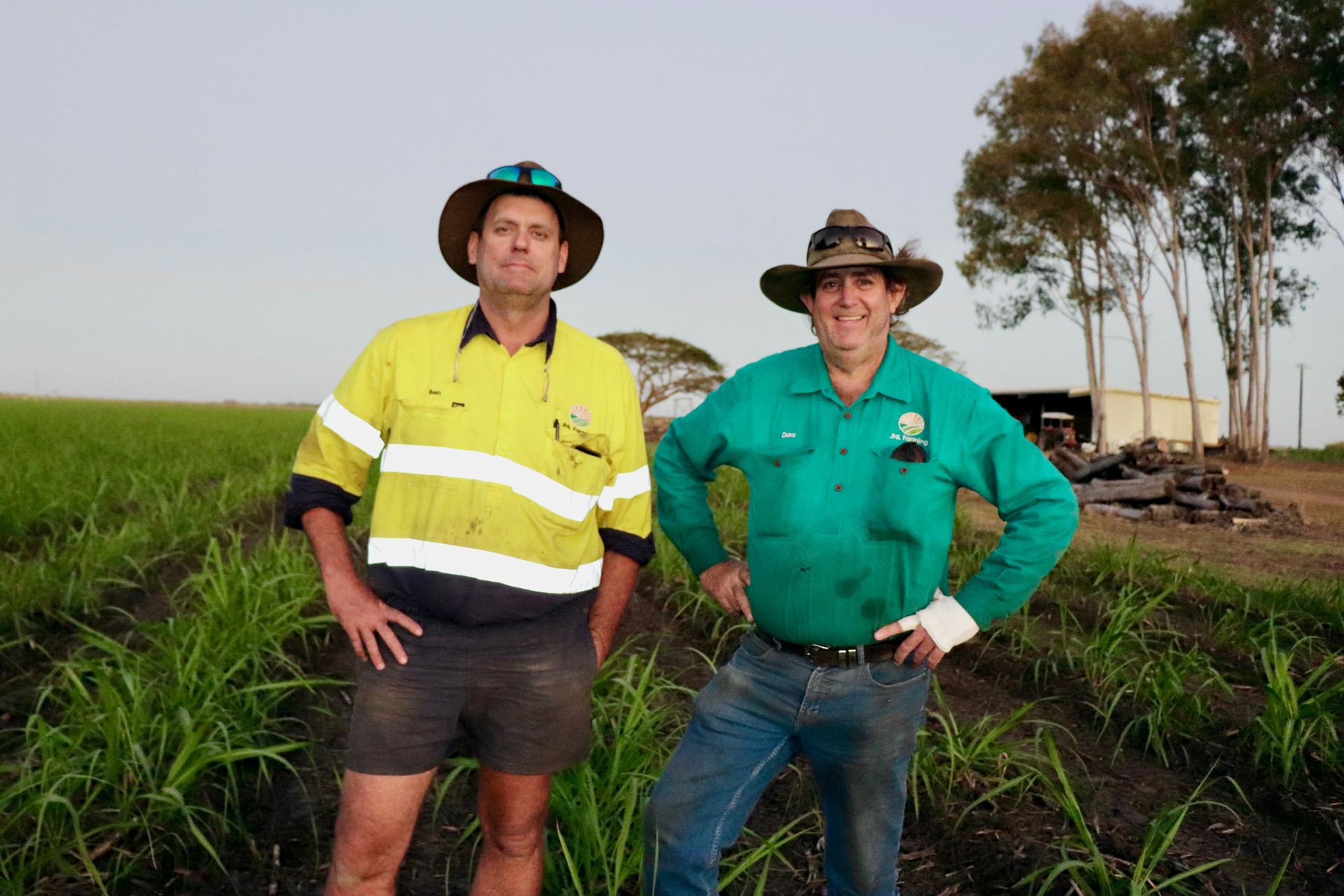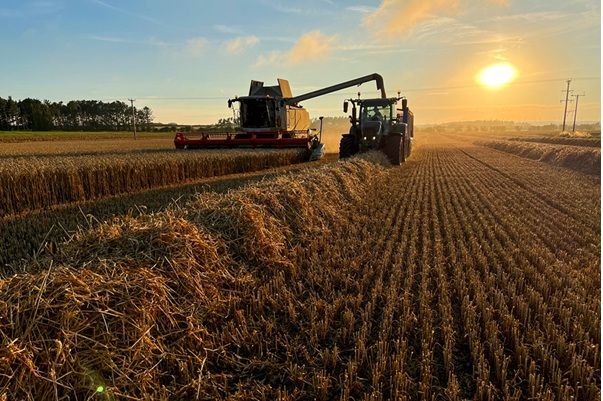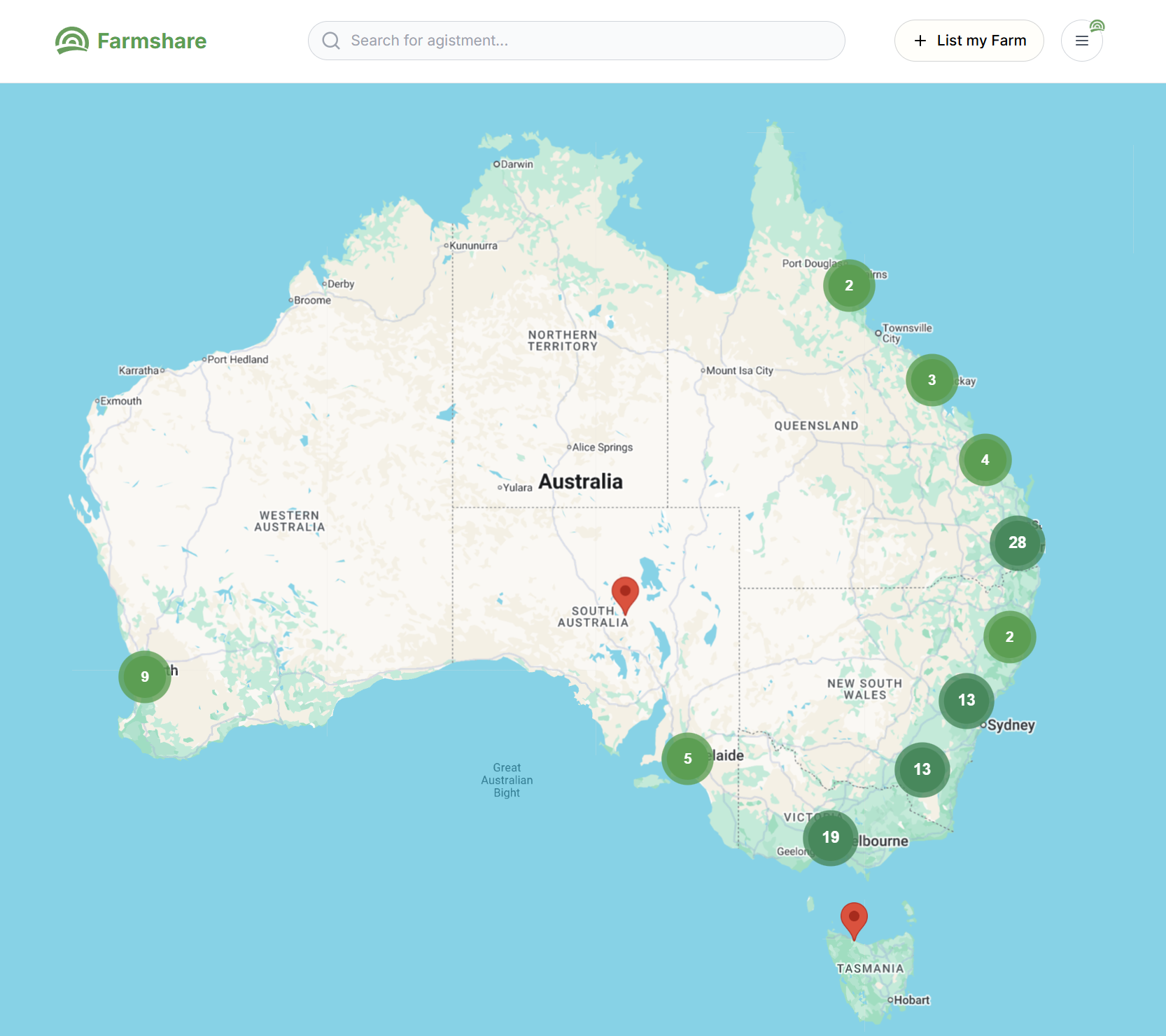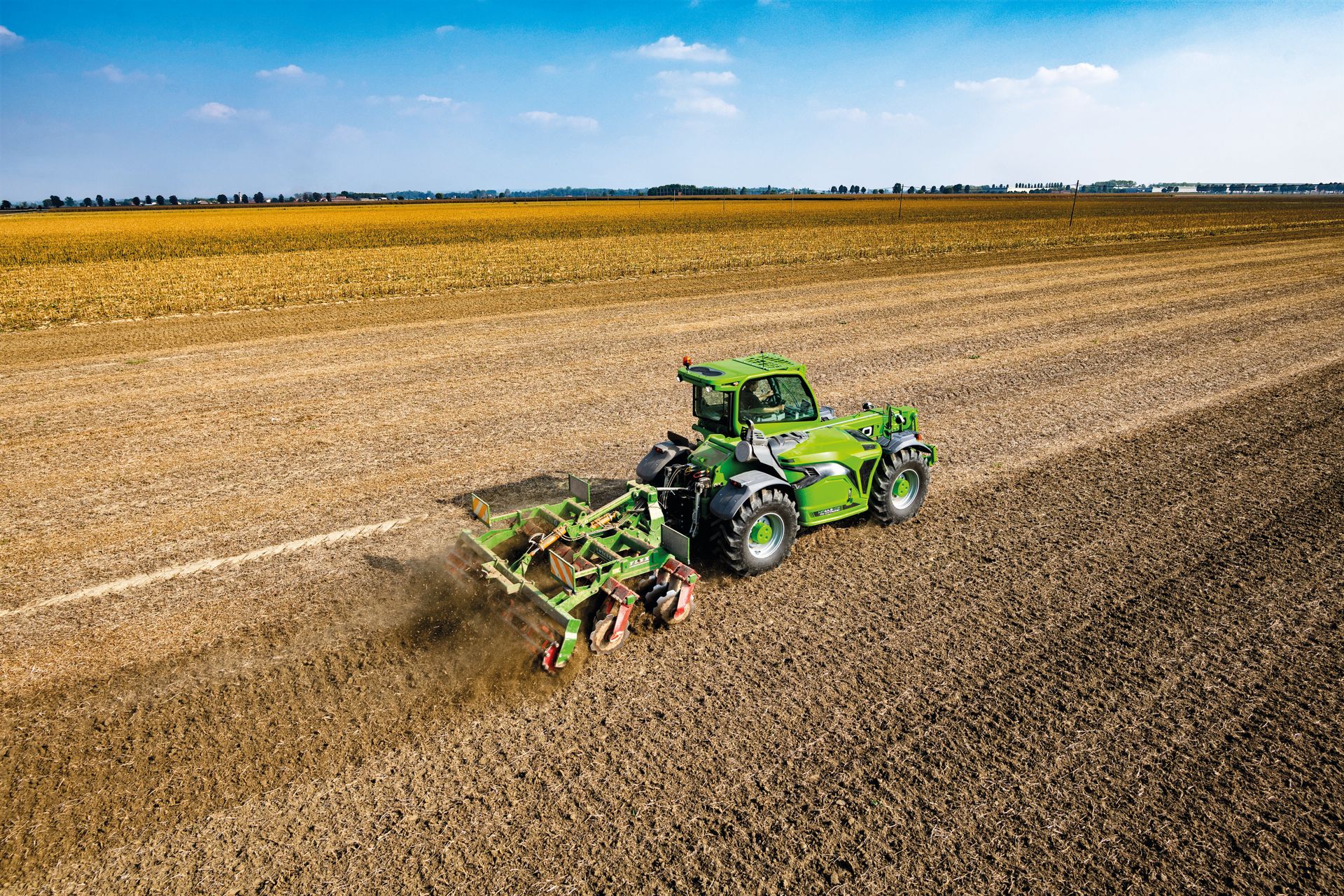1MG FlippingBooks
AI technology identifies paddock boundaries from space
Elizabeth Gracie

Australia’s leading science agency, the CSIRO, has developed an artificial intelligence (AI) mapping technology that simplifies the process for farmers to use digital farm analytics and insights.
The E-Paddocks technology can be used to identify the individual boundaries of the 1.7 million paddocks in Australia’s grain-growing region from space and will provide a more efficient alternative to current farm management software that requires users to manually draw paddock boundaries for every service they use.
According to CSIRO remote sensing specialist Dr Franz Waldner, the paddocks technology is a combination of accuracy, detail and user-friendliness.
“Paddock boundaries have been highly sought after in the digital agriculture world for a little while now, but we’ve tackled it over the past year or so with new technologies and solved it,” said Dr Waldner.
“The satellite images we use, although publicly available, are cumbersome to download, store and analyse by the average person.
“So we apply our deep neural network and algorithms to produce the paddock boundaries based on vegetation signatures and land features.”
And whilst the technology has the capability to identify paddock boundaries as they shift from season to season, creating a historical record that has not previously existed, they do not identify the landowners of the paddocks.
“Our method only needs one satellite image taken at any point in the growing season to distinguish the boundaries. It relies on data-driven processes and decisions rather than assumptions about what’s on the ground”.
Dr Waldner believes that the E-Paddocks technology will set the standard for future geospatial digital agriculture products to be used to improve land use maps and track species richness.
NEWS
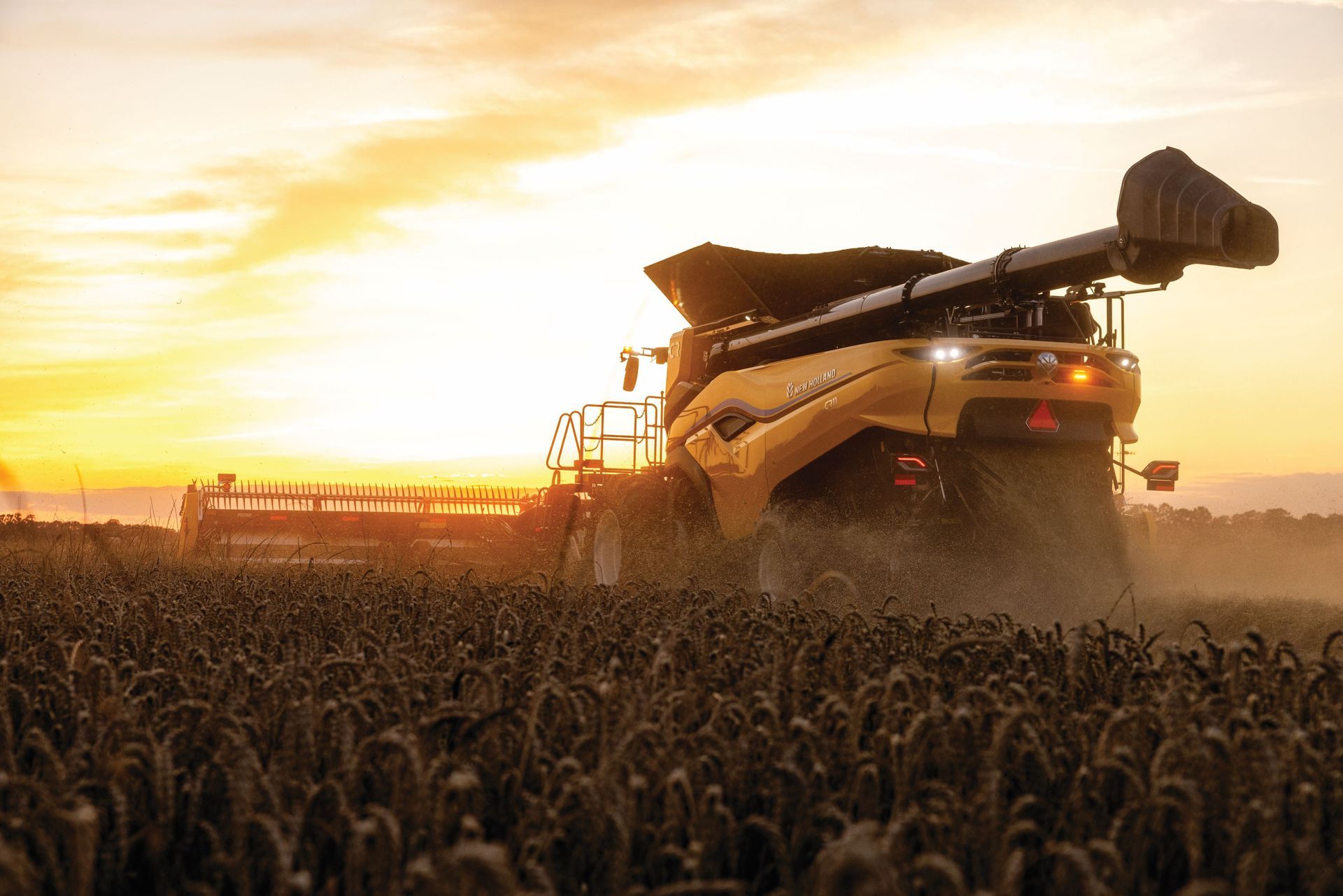
2025 marks 50 years since TR70 model launched in 1975. Since this time, New Holland has led industry innovation in combine technology with: The first self-leveling cleaning system on a rotary combine in 2002 Breaking the 8-hour wheat harvest world record in 2014 The latest CR10 and CR11 twin rotor combines entering production in 2025

